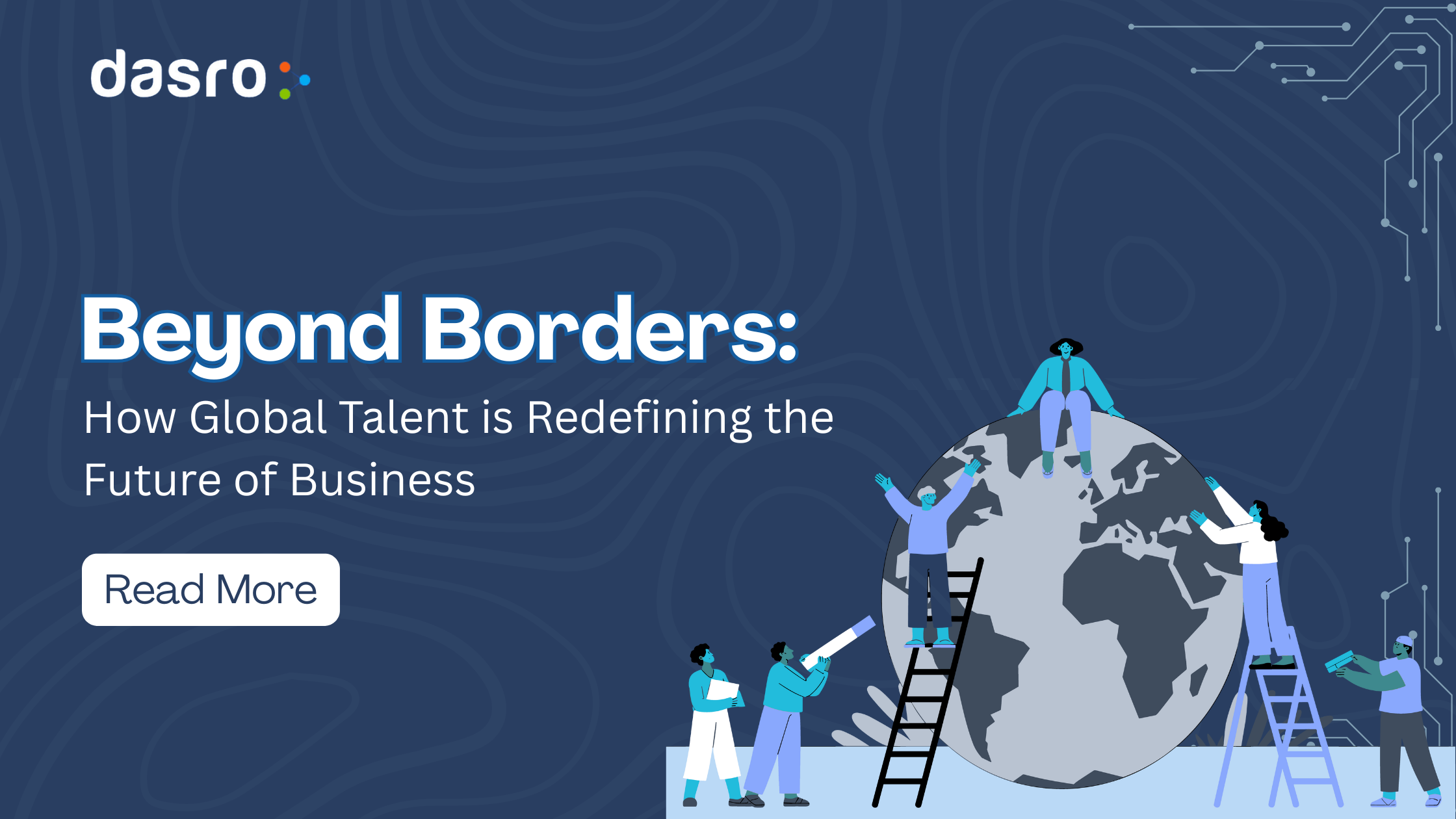
For decades, the idea of a company was tied to geography. Headquarters in one city, regional offices in others, and teams clustered by location. But the past few years have shattered that model. Advances in technology, a global pandemic, and a widening talent gap have accelerated a revolution: the rise of the borderless workforce.
Today, businesses aren’t asking if they should hire globally—they’re asking how fast they can scale with the right people across the world.
At Dasro, we’ve seen firsthand how organizations unlock growth and resilience by embracing a distributed talent model. But this transformation is not without challenges. Understanding both the opportunities and the pitfalls of global talent is key to staying ahead.
The World Economic Forum estimates that by 2030, there could be a global talent shortage of 85 million workers, representing $8.5 trillion in unrealized annual revenues. In areas like cybersecurity, AI, cloud, and data science, the gaps are already critical.
Hiring locally isn’t enough anymore. Companies that cling to local-only strategies risk slowing down their growth and losing out to competitors who build teams without borders.
With collaboration tools like Slack, Teams, and Zoom, plus cloud-based project management platforms, working across time zones has never been easier. Productivity is no longer tied to proximity.
Global teams can now collaborate in real time, share digital workspaces, and deliver results without ever being in the same building—or even the same country.
Global talent doesn’t just solve shortages—it makes businesses smarter. Companies can:
It’s not about “cheap labor.” It’s about strategic allocation of resources to maximize outcomes.
Research consistently shows that diverse teams outperform homogeneous ones. McKinsey found that companies in the top quartile for gender diversity were 25% more likely to achieve above-average profitability.
When you combine perspectives from engineers in Canada, designers in Eastern Europe, and data scientists in India—you create a melting pot of ideas that fuel innovation.
Supply chains, markets, and even talent pipelines are increasingly unpredictable. Distributed teams provide resilience. If one region faces disruption, your business doesn’t grind to a halt—you have continuity built in.
Global talent strategies are no longer just an HR conversation—they’re a business continuity strategy.
Traditional hiring models can take months to fill critical roles. By tapping into a broader global pool, companies can move faster—building teams in weeks, not quarters.
This agility is especially critical for startups and fast-scaling enterprises. Speed isn’t just an advantage; it’s survival.
While the benefits are undeniable, global hiring comes with real challenges:
Businesses that don’t address these issues risk turning global expansion into chaos rather than opportunity.
This is where strategic partners come in. At Dasro, we help companies not just hire—but build scalable, compliant, and future-ready teams.
Here’s how:
Looking ahead, the companies that thrive will share three common traits:
This is not a trend. It’s a paradigm shift. The future of business is one where talent knows no boundaries.
Businesses can’t afford to treat global talent as optional—it’s becoming the backbone of resilience, growth, and competitiveness.
At Dasro, we believe that the companies who succeed tomorrow are the ones making bold moves today. We help organizations go beyond borders and build teams that don’t just keep up—but lead.
Ready to unlock the potential of a borderless workforce? Learn more about how Dasro can help you scale smarter here.